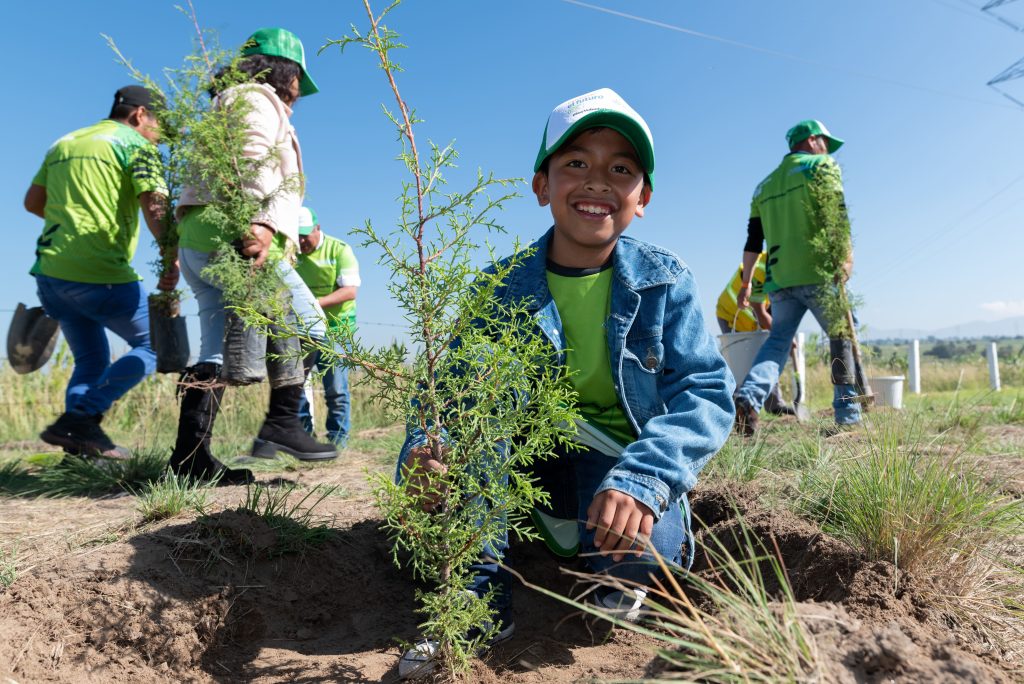Ecosystems and biodiversity
We are committed to preserving biodiversity and ecosystems, integrating nature into our operational decisions to ensure a sustainable future in all our business units.

As part of our environmental commitment
we recognize the importance of conserving ecosystems and biodiversity to ensure the resilience of our operations.

We comply with environmental legislation in all our Business Units and integrate nature into our decisions, following the guidelines of the Taskforce on Nature-related Financial Disclosures (TNFD).
Biodiversity assessments
Stages of biodiversity impact assessment
Diagnosis
It provides detailed understanding of the ecosystems and species present in our areas of influence, allowing us to design conservation strategies adapted to the specific context of each region to ensure responsible environmental management of our activities.
Impact management plan
It generates a series of recommendations focused on integrating wildlife crossings during the construction phase of the Business Unit. This allows connectivity between ecosystems adjacent to the motorway mute and improves ecological connectivity, reducing the risk of wildlife roadkill.
Implementation
We carry out the series of recommendations to prevent, mitigate, and restore damage to the environment, thus integrating biodiversity into decision-making processes.
In 2024, we conducted biodiversity assessments Atizapán-Atlacomulco and Supervía Poniente Business Units:
Predominant vegetation
oak, pine, and mixed forests, in good condition or recovering.
An area of high biological diversity with
Record of
57 native species, 4 exotic species, and 35 priority species for conservation, including white cedar and neovolcanic fir.
Implementation of a Biological Connectivity Restoration Plan
revegetation, reforestation, maintenance of wildlife crossings, and reduction of the edge effect.
in the 94 hectares reforested in the last five years
Continuous monitoring of ecological conditions and wildlife roadkill.
More than
of the area of influence is urbanized,
but there are remnants of vegetation and ecological dynamics.
Vegetation:
cultivated forests and urban vegetation in mosaics with natural elements.
Development of a Biological Connectivity Restoration Plan
focused on replanting native species, revegetating slopes, and restoring disturbed habitats to improve ecological connectivity and ecosystem resilience.
At Autopista Río Magdalena (ARM), we are currently in the second phase of impact management,
where we have implemented the App Fauna Vial application. This app allows customers to report wildlife sightings and collision incidents.
In 2024, the app had 220 registered customers and recorded 103 reports, including 65 sightings, six injured animals, and 32 animals killed by collisions.
The implementation of the application,
has allowed us to identify the main wildlife collision areas along the route and additional preventive measures. Additionally, we conducted training for employees at the Business Units in basic wildlife care for animals crossing the road or injured by collisions.

